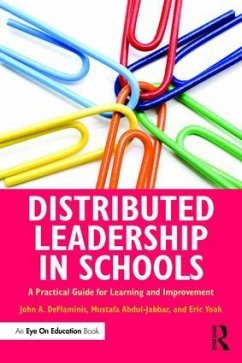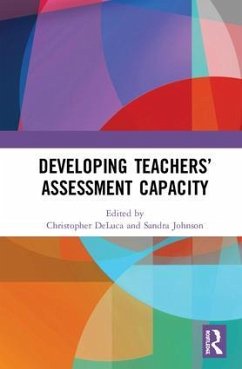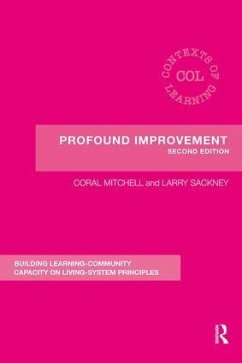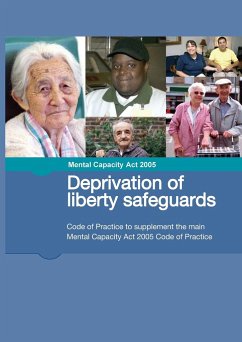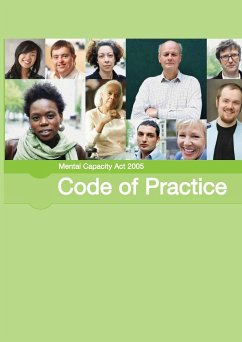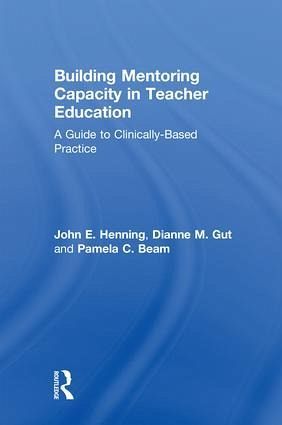
Building Mentoring Capacity in Teacher Education
A Guide to Clinically-Based Practice

PAYBACK Punkte
95 °P sammeln!
Veteran teacher educators outline a developmental approach for supporting mentees as they grow in their careers. Part I outlines key components of the mentoring process and Part II demonstrates how those strategies can support mentees at different stages. Included throughout are case studies, activities, and discussion questions.






